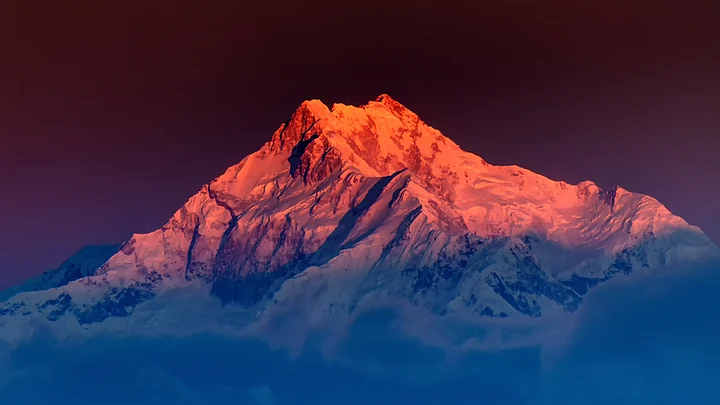Centuries of snow and ice on the peaks of the Himalayas are the life-line for more than 1 billion people. These glaciers, more than 9,500 of which are in India, provide water for irrigation, agriculture, and hydroelectricity.
But climate change poses a serious threat to these vital sources of life. Glaciers are melting at a rate of 5 to 20 metres a year, according to a new report. Some glaciers, like the Dokriani glacier in Bhagirathi, are retreating rapidly, at a rate of 15 to 20 metres annually, Environment Minister Anil Madhav Dave said. Others are retreating more slowly.
A few of the largest glaciers, however, like the Satopanth Glacier and the Gangotri glaciers, are retreating, but not at an alarming rate, the minister added.
Melting glaciers don’t just jeopardise freshwater access, they contribute to worldwide sea level rise, putting coastal communities at risk. Already, many communities in the Sundarbans have been forced out of their ancestral homes by rising waters.
Studies show that glaciers are melting faster than ever before.
Also Read: When Climate Change Pushes Vulnerable Women to Sex Work
(At The Quint, we question everything. Play an active role in shaping our journalism by becoming a member today.)
